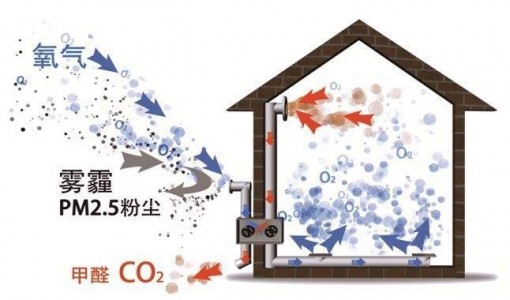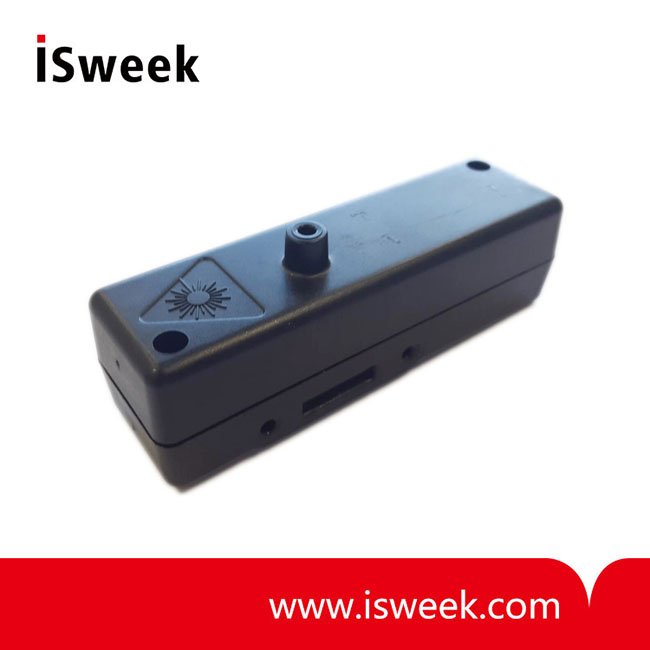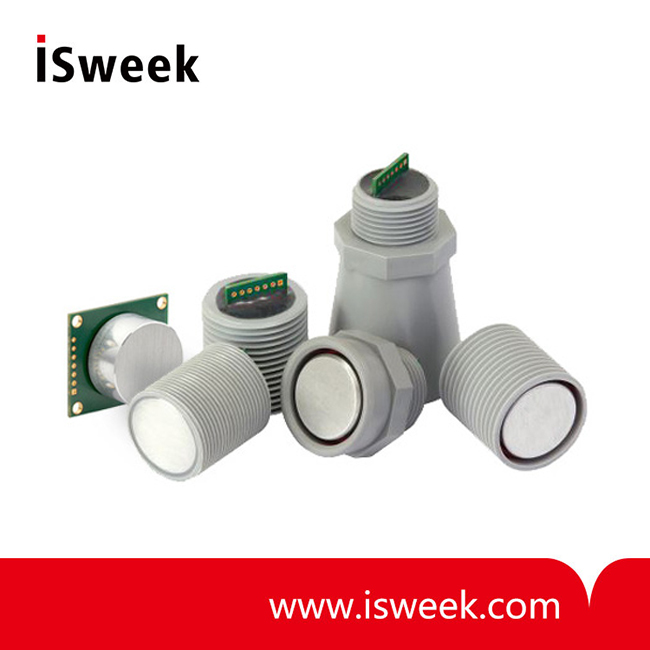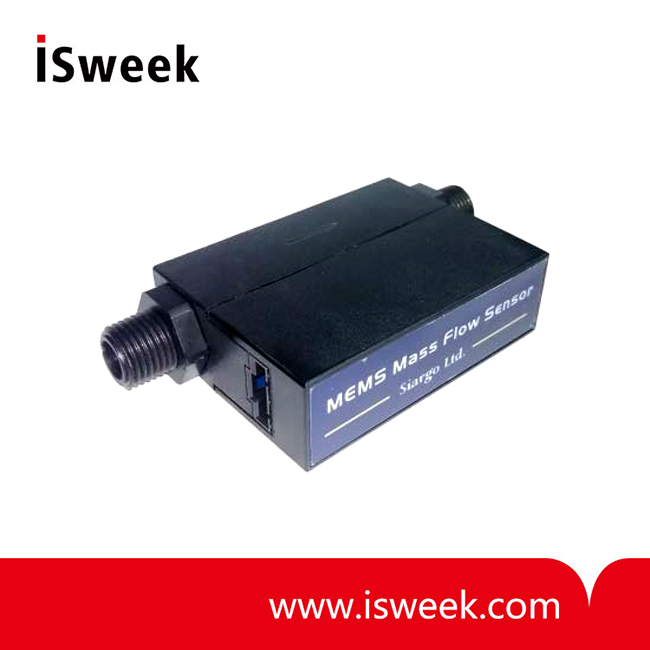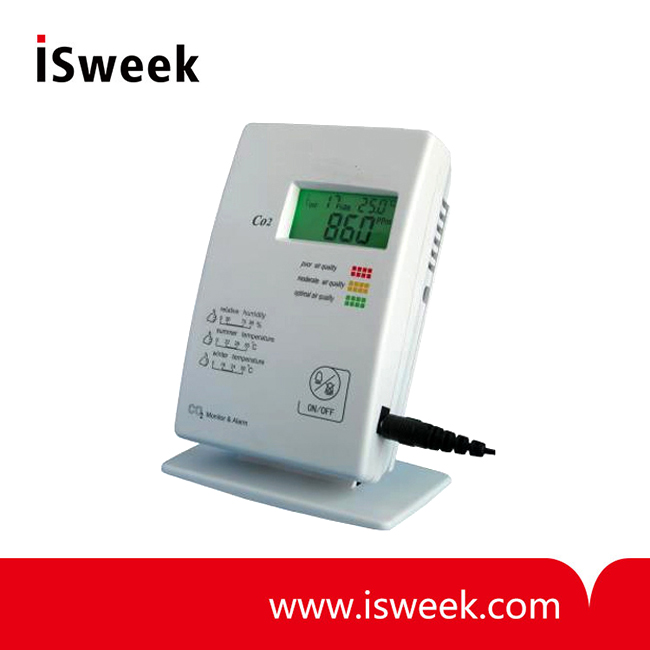Fresh air system is an independent air processing system consist of an air supply system and an exhaust system. The systems can be distinguished as system with pipelines and system without pipelines. The fresh air system with pipelines is consist of fresh air ventilator and pipe fittings while non-pipeline type works with only fresh air ventilator. They both introduce fresh air inside, and the pipelines can emit the exhaust air outside. The system with pipelines requires more engineering, so it is ideal for industrial use or large office area, while non-pipeline type system is relatively more suitable in household for its easy installation. [1] (In 1935, Alston·Ceeyee invented and manufactured the first heat exchange equipment which can filter polluted air in the world, and it was also called fresh air system.)
Gas sensor is a device that transfer information of gas content and concentration into data that is available for staff, instruments and computers. The volume fraction of a certain gas can be transferred into corresponding electric signals. The probe conditions gas sample, often includes filtering impurity and interfering gas, drying and refrigeration via gas sensors. Now, gas sensors are widespread in the market and applied in civil, industrial and environmental realms.
Categories of gas sensors are being enriched. At present, there are no fewer than 5 kinds of gas sensors in the market, including semi-conductor, solid electrolyte, contacted combustion, electrochemical type and photoelectric type.
Certainly, gas sensors are necessary for air environment monitoring. In recent years, sensors detecting CO2, PM2.5, formaldehyde, VOC, temperature and humidity are widely applied in fresh air systems to monitor environmental air quality in real time.
ISweek technical engineers would like to recommend following CO2 sensors for you:

CO2 sensor ZG09:with long term stability enhanced by adoption of dual beam NDIR, this sensor is suitable in applications for IAQ, greenhouse cultivation, HVAC and DCV.
ISweek technical engineers would like to recommend following PM2.5 sensors for you:

Korean syhitech particle sensing module PM2.5 sensor PDSM010:PM2.5 sensor PDSM010 is capable of measuring particles of 1㎛, like indoor dust, pollen, microorganism, dust mite and cigarette smoke. It can also measure the concentration of floating particles in a space no larger than 30㎥.
This sensor is suitable for indoor automatic air monitoring system, like air purifiers.
PM2.5 sensor The signal of PDSM010 is transferred into PWM output through internal circuit and MCU program; moreover, the filter circuit and MCU program is able to remove noise to keep the performance stability of the equipment when noise interferes the signal.
PM2.5 sensor PDSM010 is of stable detecting capability and high productive efficiency.
Different from the former type models(DSM), there is no additional control point(VR Trimmer) on the sensing device. Potential risks caused by random modifying of users can thus be prevented.

Japan figaro laser PM2.5 sensor TF-LP01:TF-LP01 laser particle sensors are small modules that detect dust in the air based on scattering theory. They are of small size, high accuracy, excellent repeatability and consistency. This type of sensor can respond in real-time and implement continuous collection with high interference resistance and ultra silence. All sensors are 100% tested and calibrated when leave factor.
ISweek technical engineers would like to recommend following temperature&humidity sensors for you:

Digital temperature & humidity sensor HTU21D: As a new type of digital complex sensor, HTU21D has become a role model in the size and intelligence of humidity sensors: it adopts DFN packaging which is suitable for reflow soldering; it is as small as 3 x 3 x 1mm, and provides calibrated linear I²C digital output signal.
HTU21D is a plug-and- use temperature&humidity complex sensor that is ideal for OEM applications which require reliability and accuracy. Its digital output of humidity and temperature signals are able to interface micro controllers. Every sensor is calibrated and tested, with its batch number not only on the case but also stored in the chip so as to be read by a command. Users can send a command to change the resolution of HTU21D(8/12bit to 12/14bit).
Moreover, sensors can also detect low power, calibrate and improve communication reliability.
With its low power consumption and small size, HTU21D can be the perfect replacement of SHT21 and SHT20. It is highly cost effective, making it suitable for the price-sensitive OEM users to apply in applications with limited installation space and large amount. ISWeek also offer discounts for large orders of HTU21D, please contact us if interested.
This type of sensors are applied in motors, vehicles, medical care, industrial control, consumer electronics and household appliances.
Analog voltage output temperature&humidity sensing module HTG3515CH: This temperature & humidity sensor is based on humidity sensitive capacitors developed by Humirel. HTG3515CH is a module with temperature&humidity integrated output interface and micro control chip. It output humidity in linear voltage, and output temperature with 10Kohm NTC. This product is specially designed for OEM clients whose application requires reliable and precise measurement.
ISweek technical engineers would like to recommend following VOC sensors for you:

P-type semi-conductive VOC sensor VOC-MF1,VOC-PF1,VOC-AF1: VOC sensors VOC-MF1,VOC-PF1,VOC-AF1 are broadband total VOC detectors. When considering the cost of PID, these types of gas sensors can be used to detect 10~50ppb of VOCs, and more details depend on the variety of VOC, like formaldehyde or toluene. Different from common N-type sensors, this metallic oxide sensor is of wide dynamic range, repeatable response and slight influence towards humidity. Also, its resistance will rise when contact most of VOCs. The resistance can be easily transferred into output voltage via simple electric circuit. It`s OK for the sensors to work under constant temperature/ constant pressure mode though, it gives best response when working in temperature circulation between 400℃ (sensing temperature)~525℃ (reset temperature). Please see more details in application notes.
Working mode of fresh air system is automatically controlled to save energy.
“Imagine this: when you wake up in the morning, the smart curtain unfolds to let sunshine in, and fresh air ventilator bring you the sweet breeze outside. It`s for sure that you will enjoy a nice day.”The fresh air system works in an intelligent way: when the atmosphere changes, sensors transfer the measured concentration value into digital or analog signals and send them to data the collector, and then the data is sent to the central processor, which controls each controller to turn on or off to adjust wind strength and filter the air.
Sensors supplied by ISweek that measure CO2, PM2.5, VOC, formaldehyde, temperature and humidity are extensively applied in fresh air system manufactures in home and abroad.



